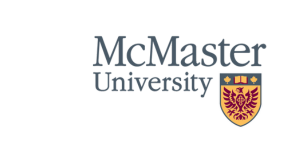Abstract
This paper examines how bankruptcy by a firm leads to costs borne by its employees due to reallocation of the workforce. Using worker-firm matched data from the U.S. Census Bureau’s LEHD program, we demonstrate that annual wages deteriorate by about 10% upon corporate bankruptcy and remain below pre-bankruptcy wages for (at least) six years. In addition, when a firm files for bankruptcy, its employees are significantly more likely to work fewer hours, leave the firm, leave the industry, and leave the local labor market, relative to employees of solvent firms with similar characteristics. Wage losses are larger for individuals who leave the firm, the industry, and the local labor market, and for those in “thinner” local labor markets. We show that the ex-ante wage premium that firms must pay to compensate for the expected wage loss due to bankruptcy is up to half of the magnitude of the tax benefits of debt. This result suggests that indirect bankruptcy costs due to workforce reallocation are of a magnitude to be a first-order consideration for firms as they make capital structure choices.
Valuation Insight
Graham, Kim, Li, and Qiu argue that important destruction of value takes place in the process of bankruptcy. Wages of the employees of bankrupted firms decrease significantly. As a result, firms with considerable bankruptcy probabilities must offer substantial wage premiums upfront to hire and retain individuals. Hence, firm value would benefit from a more secure capital structure.

